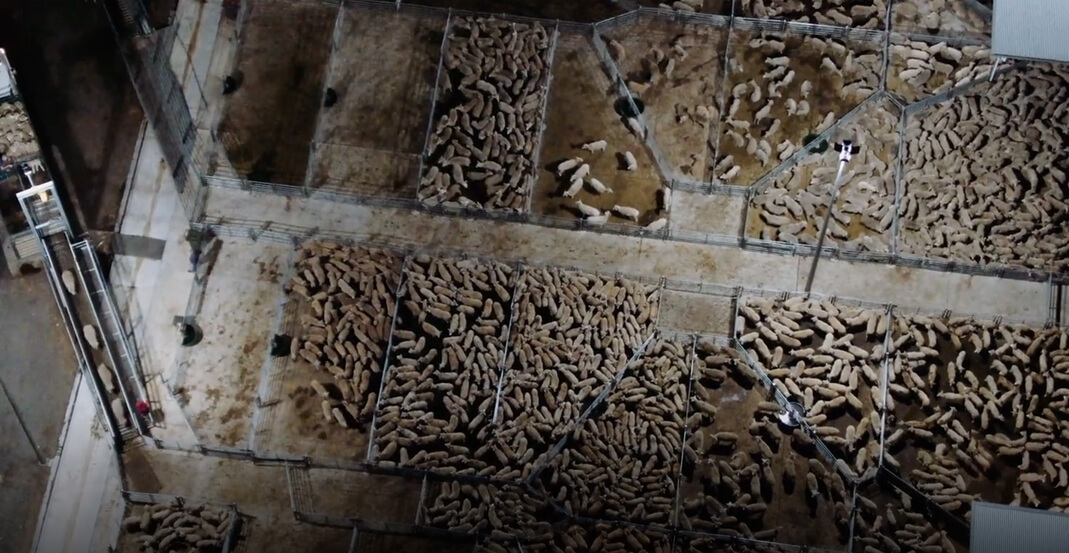Wool presents two facets: it can be a responsible choice or entail unethical practices, depending on its origin.
Wool is not always a good idea, as 80% of the wool for fashion and interior comes from Australia, where large scale sheep farming prioritizes profit over animal welfare, anything except natural and friendly. The price of wool is low, the farmer only earns with high yields at low costs. It is impossible for the farmer to give the sheep enough personal attention, with all the consequences that this entails for the sheep. Money wins here instead of the welfare of the sheep.
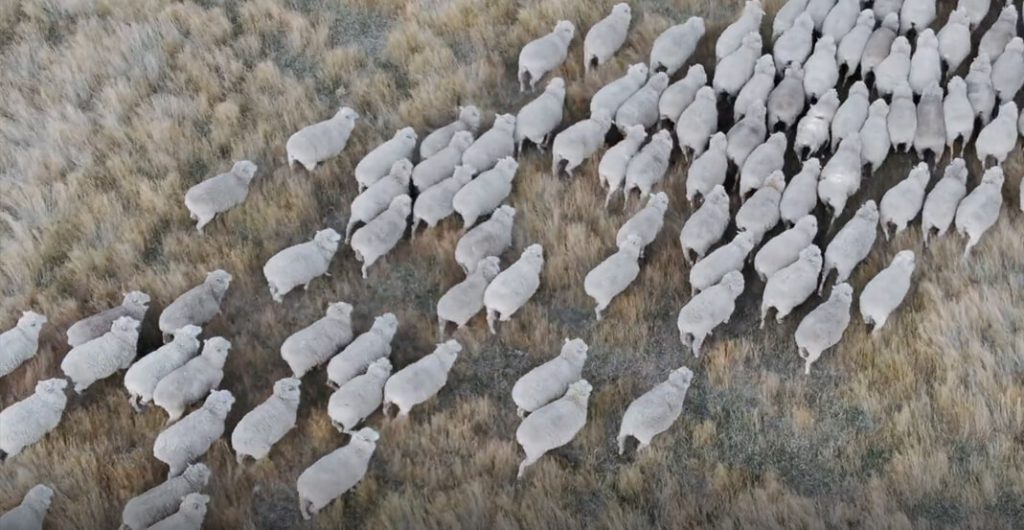
Death lambs and sheeps
Female sheep are artificially inseminated to time winter births, ensuring lambs graze on fertile spring pastures. However, harsh conditions lead to 10-15 million lambs dying within 48 hours. Selective breeding for multiple births results in complications, with many lambs perishing from neglect. Farmers accept these losses to reduce feed costs and produce heavier lambs..
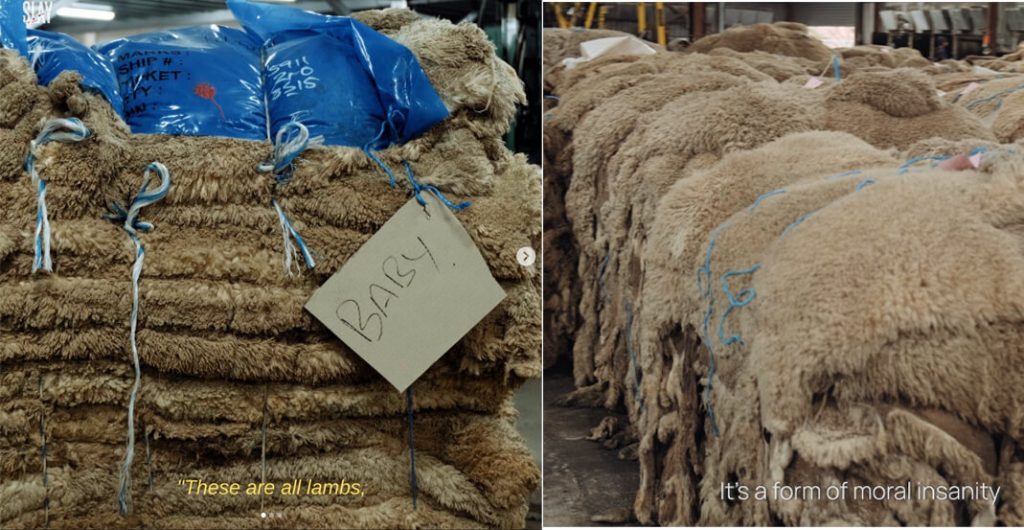
In Australia, aid organizations rescue dying lambs from large fields to provide them with care and a dignified life.
Mulesing
Then there is the mulesing method that is applied to most sheep of Australia. In a article I wrote you can read here what this painful method is.
Faster and faster
Shearers in Australia are paid based on the number of animals or weight of wool they shear, incentivizing speed over welfare. Undercover footage shows shearers mistreating sheep, prompting animal welfare concerns. On this site of animal organization Peta you can see images and more information.
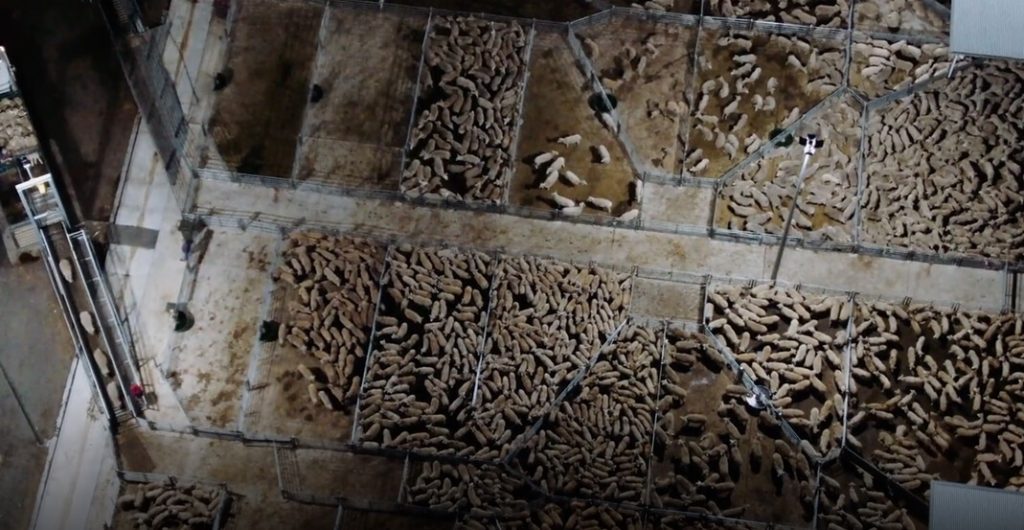
Transport
Wool is often transported to low-wage countries like China, India, and Pakistan for processing before reaching destinations like the Netherlands. Additional stops, such as in Italy for sewing wash labels and claiming ‘made in Italy,’ increase environmental and social issues associated with transportation routes.
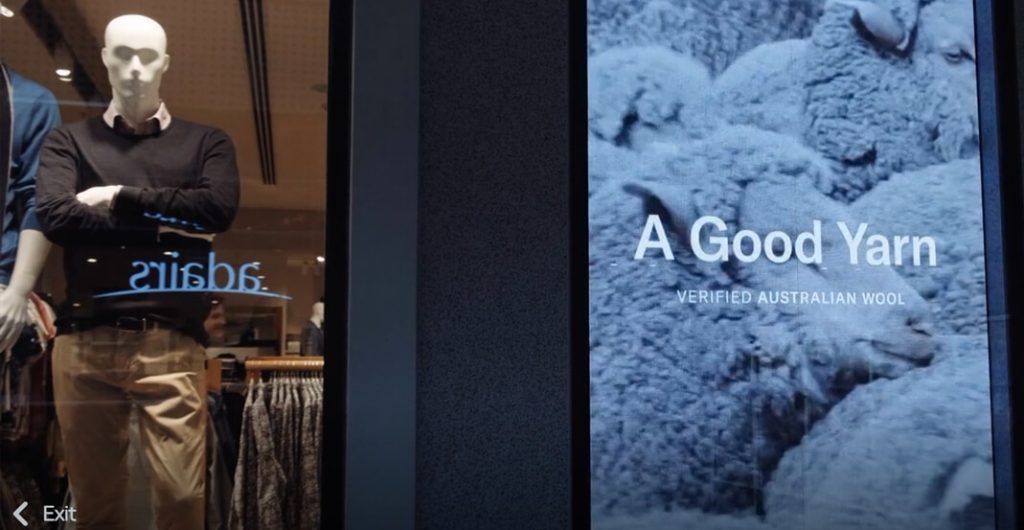
The documentary “Slay” takes a look at the trade of animal skins and wool in fashion and interior. It shows the greenwashing tactics and the hard and dirty work that people do at the beginning of the chain. The documentary can be viewed here for free.
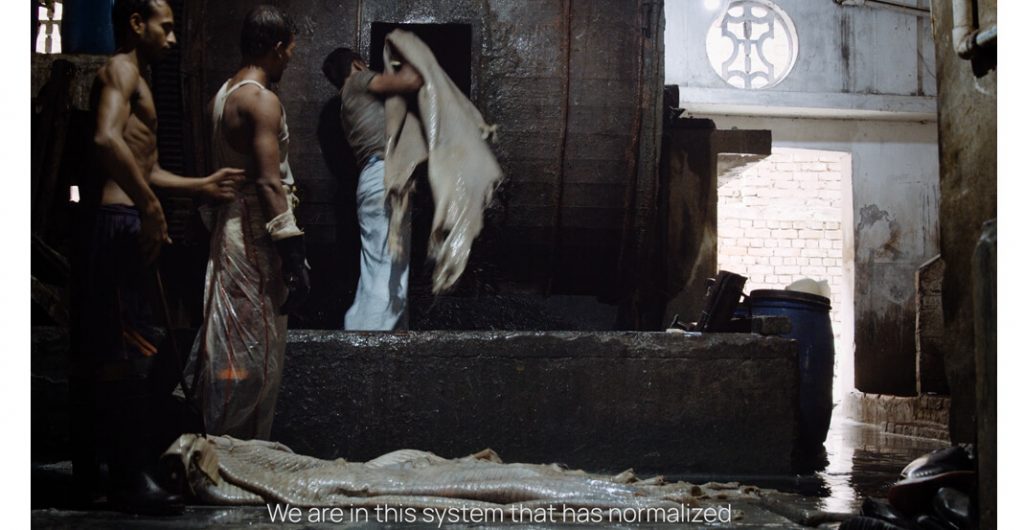
Use local wool
Wool sourced from the Netherlands is an excellent choice, being a byproduct of sheep with well-cared-for lives. Emy Demkes wrote an article about this you can read here.
And then when the wool is close by, wool is more than fantastic because wool has so many beautiful properties. This can be read in this article.
For Halona’s woolen wall hangings, I exclusively use Dutch wool sourced directly from known shearers, herders, or hobbyists. By personally overseeing the process, from shearing to acquiring the wool, I ensure ethical sourcing..
Halona large wall hanging of wool wallart wool unique and handmade sustainable. Textileartist Babette Leertouwer.

